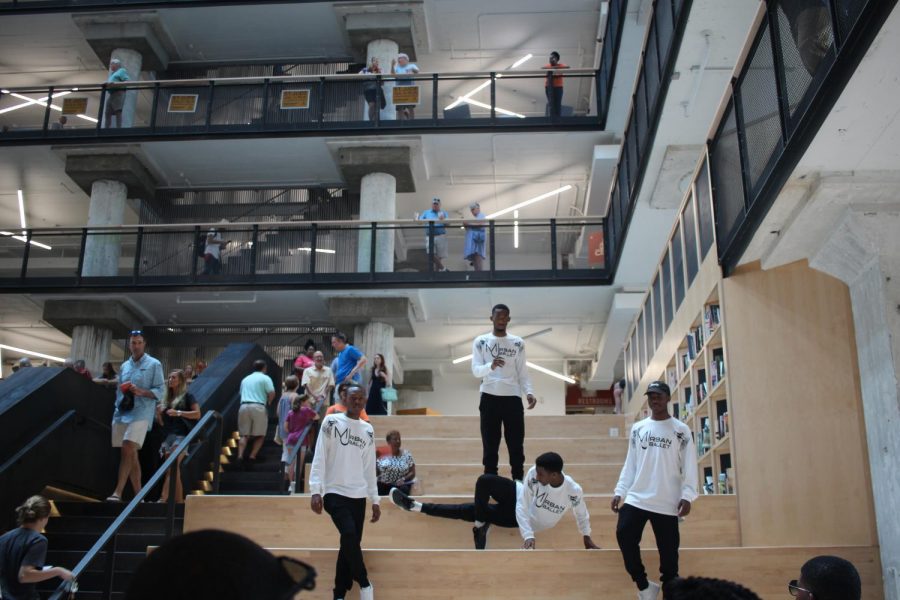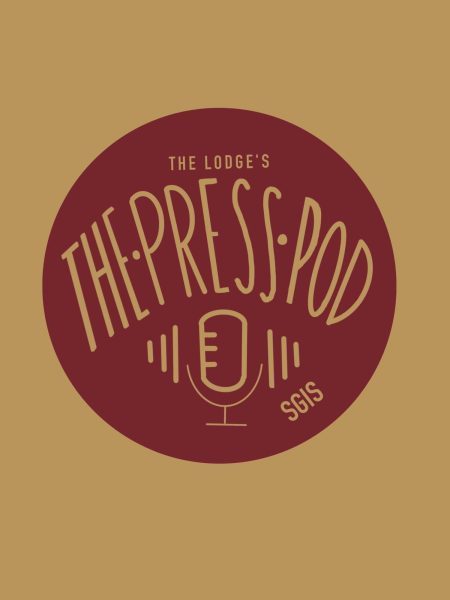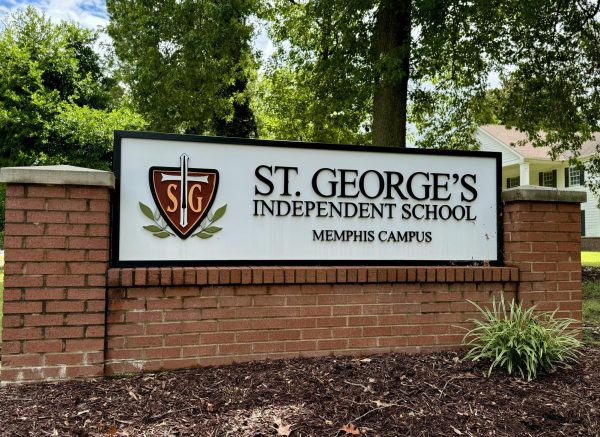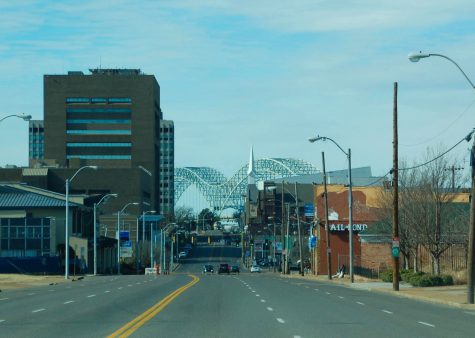Midtown oasis
After 17 years of standing vacant, Crosstown Concourse promises to become a new hub for a growing midtown
The revitalized Crosstown Concourse building is hard to miss – and not just because it’s a 1.5 million square foot building towering over Midtown’s skyline. Abandoned for 17 years, the Sears Crosstown Building reopened its doors Saturday, Aug. 19 to showcase a mixed-use urban village centered around health care, education and the arts.
Before the renovations, the Crosstown building was littered with debris and suffered from a crumbling infrastructure, shattered windows and graffiti-covered walls. Yet on its opening day last month, the newly restored building’s vibrant atmosphere attracted thousands of visitors.
Among them was senior Alice Crenshaw.
“I saw it while it was still vacant, and I could not imagine it looking nice at any point,” Crenshaw said. “The transformation was so dramatic. The structure is still the same, but now there are really pretty new add-ons. There were people from all different walks of life at the ceremony, and it was super high energy. It just felt joyous and happy.”
The opening ceremony featured a dedication from Memphis Mayor Jim Strickland, Shelby CountyMayor Mark Lutrell, development partners and performers including Susan Marshall, 8ball, MJG and Winchester and the Ammunition.
On Aug. 27, 1927, the original Sears Crosstown building opened as a catalog order plant and retail store and welcomed almost 30,000 shoppers on its first day of business, according to Crosstown’s website. More than 1,000 people were employed to staff the retail store and process the 45,000 orders that came into the catalog center each day.
Yet as the mail-order business decreased and population depletion in the city’s urban core caused Sears to focus on their Poplar and Perkins location, the business at the Crosstown building slowed, and it closed in 1993. The building was then left vacant for nearly 20 years.
The inspiration for revitalizing Crosstown began with a conversation that hundreds, perhaps even thousands, of Memphians have had over the last 20 years: what if something amazing could come out of the historic Sears building?
According to a recent article in the Memphis Flyer, two people who had this conversation were art historian Mr. Todd Richardson and video artist Mr. Christopher Miner. They decided to act and co-founded Crosstown Arts in 2010 as a nonprofit arts organization that would serve as the building’s developer. Richardson described the process that followed as having numerous difficulties.
“The biggest challenge we had was to get people to see beyond what they see,” Richardson said. “This was a building the size of the Empire State Building that had been empty for 20 years in Memphis. It was in the middle of the recession, so, where do you start and could [anything] ever happen?”
By 2012, the co-founders had managed to get commitments from eight local tenants who would lease 600,000 square feet of the building. These tenants included Church Health, Methodist Healthcare, Gestalt Community Schools, St. Jude Children’s Research Hospital, American Lebanese Syrian Associated Charities, Memphis Teacher Residency, Rhodes College and Crosstown Arts. Today Crosstown also houses a variety of other organizations along with these founding tenants. Faculty alumna Mrs. Mim Brown works with Pyramid Peak Foundation, a philanthropic nonprofit based in Memphis that recently relocated to Crosstown. Since beginning her work there, she has started to notice changes in the Crosstown community.
“It’s an oasis and is bringing a lot of people and commerce to a part of the city that was pretty barren,” Mrs. Brown said. “It’s revitalizing the inner city.”
According to the documentary “Crosstown Concourse,” the construction of the building alone has created 1,000 construction jobs with $36 million in wages. Once completed, there will be an estimated 800 new permanent jobs with $50 million in wages. Since 2013, home values have increased 61 percent, security guards that patrol the premises have created a safer environment and an estimated 3,000 people come and go from Crosstown each day.
These dramatic changes may be in part due to the range of businesses and groups located inside Crosstown. Crosstown Concourse is jam-packed with retail stores, restaurants, office spaces, health clinics, a grocery, a YMCA, a developing charter high school, an art center and over 250 apartments. Some of these organizations, operating out of as many as 11 different buildings, benefited from relocating to a more central location.
“It’s great to have so many nonprofits in the building who are all trying to do good work in our city,” Mrs. Brown said. “It creates a positive energy and allows for easy interactions among like-minded professionals. I think Crosstown is the beginning of something wonderful in our city.”
Ms. Emma Sisson, a St. George’s and Dartmouth alumna who recently moved back to Memphis to work for Memphis Teacher Residency, agrees.
“It seems to me that being in Crosstown allows us to be in close quarters and community with other organizations like Choose 901, Church Health, Tech901 and more,” Sisson said. “Working together in the same space, in my opinion, only strengthens partnerships and support between organizations.”
Memphis Teacher Residency works to recruit, train and support teachers, so they can provide students in Memphis with a higher level of education. Because Crosstown is a unique vertical urban village, Sisson is able to spend four days a week in a classroom with a mentor teacher, take graduate classes to earn her Masters in Urban Education, get certified to teach within a year, live, eat and shop all within one building.
“It feels like I am living in a central hub of the city,” Sisson said. “Because of MTR’s residency model, the whole 2018 cohort lives in Crosstown together and takes classes at the MTR offices, so it feels a bit like a big, really nice college dorm.”
Businesses also find that they have an easier time operating out of Crosstown. Mr. Peter Schutt, father of alumna Robert Schutt of the class of 2014 and owner of the grocery the Curb Market, made the leap to relocate for several reasons.
“I decided to move to Crosstown because I know the building owners and developers and wanted to support their bold investment in Memphis. Almost as importantly, I needed a bigger location in order to stock a larger inventory, to have a full butcher shop and to have a full-sized kitchen, none of which I had room for at the Cooper Street location,” Mr. Schutt said. “Now we serve several hundred customers per day just in lunch business. Our variety of groceries also is much wider in range, so we are able to satisfy customers looking for a place to buy everything they need to cook a healthy meal with local products.”
Overall, the transformation of Crosstown from the dusty, moldy and dark space it was five years ago to the “oasis” it has become today reflects the collaborative spirit of many individuals who wanted to achieve something great.
As former mayor of Shelby County and Memphis A. C. Wharton Jr. said in “Crosstown Concourse,” the building has a legacy for the generations of Memphians to come.
“We know that the buildings may be the emblem, but there is something even greater than the emblem itself and it is the love and respect that Memphians hold for the character of our city,” Mr. Wharton said. “Crosstown tells that story more than any other.”










